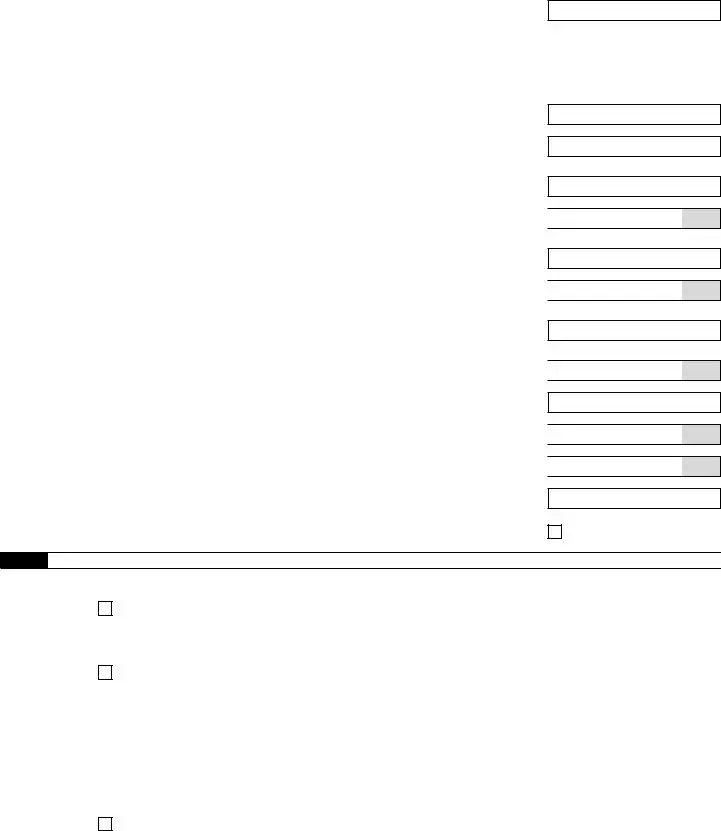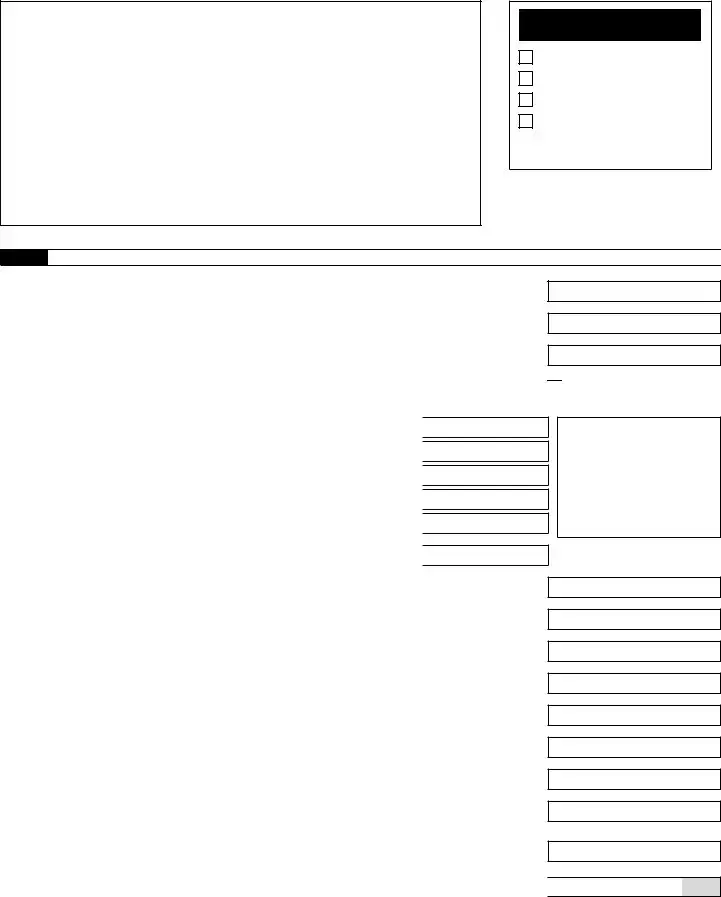The IRS Form 940 is similar to the 941 form in that both are used by employers to report taxes. While Form 941 is for reporting income taxes, Social Security, and Medicare taxes withheld from employees, Form 940 focuses on the Federal Unemployment Tax Act (FUTA). Employers must file Form 940 annually to report unemployment taxes, which help fund unemployment benefits for workers who lose their jobs. Both forms are essential for maintaining compliance with federal tax obligations.
Form W-2 serves as another important document related to the IRS 941. Employers use W-2 forms to report wages paid to employees and the taxes withheld from those wages. Unlike Form 941, which is filed quarterly, W-2 forms are issued annually to employees by January 31. Both documents ensure that employees receive accurate information about their earnings and tax withholdings, which they need for their personal tax returns.
As families embark on the journey of homeschooling, it's essential to navigate the necessary documentation accurately; for instance, the Colorado PDF Forms offers a streamlined way to access the Homeschool Letter of Intent form, ensuring that parents meet their obligations to inform local education authorities of their intent to provide home education, thereby maintaining compliance with state regulations and educational standards.
Form 1099-MISC is also related to the 941 form, particularly for businesses that hire independent contractors. While Form 941 is for employees, the 1099-MISC is used to report payments made to non-employees. If a business pays a contractor $600 or more in a year, it must issue a 1099-MISC. Both forms help the IRS track income and ensure that all earnings are reported for tax purposes.
Form 943 is specifically for agricultural employers, making it similar to Form 941. This form is used to report income and payroll taxes for farmworkers. Like the 941, Form 943 is filed annually and includes information about wages paid and taxes withheld. Agricultural employers must understand the nuances of both forms to ensure compliance with tax regulations.
Form 944 is another variant that applies to smaller employers. This form allows eligible businesses to file their payroll taxes annually instead of quarterly, as required by Form 941. Employers who expect to owe $1,000 or less in payroll taxes for the year may qualify for Form 944. Both forms serve to report payroll taxes but cater to different employer sizes and needs.
Form 945 is used for reporting backup withholding on certain payments, such as interest and dividends. While Form 941 focuses on employee wages, Form 945 covers non-employee payments. Businesses that withhold taxes from these payments must file Form 945 annually, ensuring compliance with IRS regulations. Both forms help track tax obligations but apply to different types of payments.
Form 4868 is relevant for those seeking an extension to file their personal income tax returns. While it does not directly relate to payroll taxes, it is important for employers who may need extra time to gather their financial information. Filing Form 4868 allows individuals to avoid penalties for late filing. Understanding all tax-related forms, including 941 and 4868, helps ensure that individuals and businesses stay compliant with their tax obligations.
Lastly, Form 8822 is used to update an address with the IRS. Although it does not report taxes, it is important for ensuring that the IRS has the correct contact information for a business. Keeping the IRS informed helps prevent issues related to tax filings, including those associated with Form 941. Maintaining accurate records and contact information is essential for smooth tax compliance.
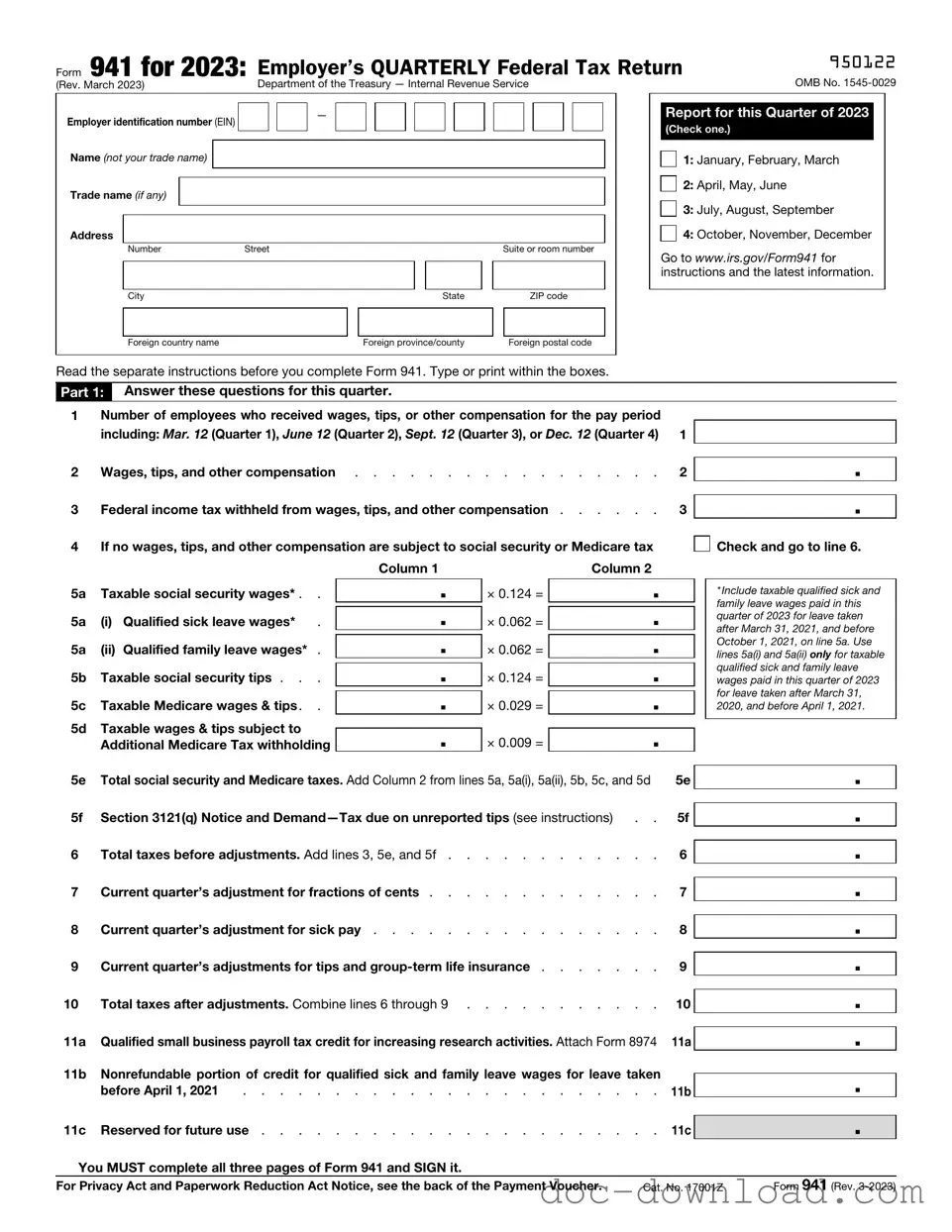


 Check and go to line 6.
Check and go to line 6.
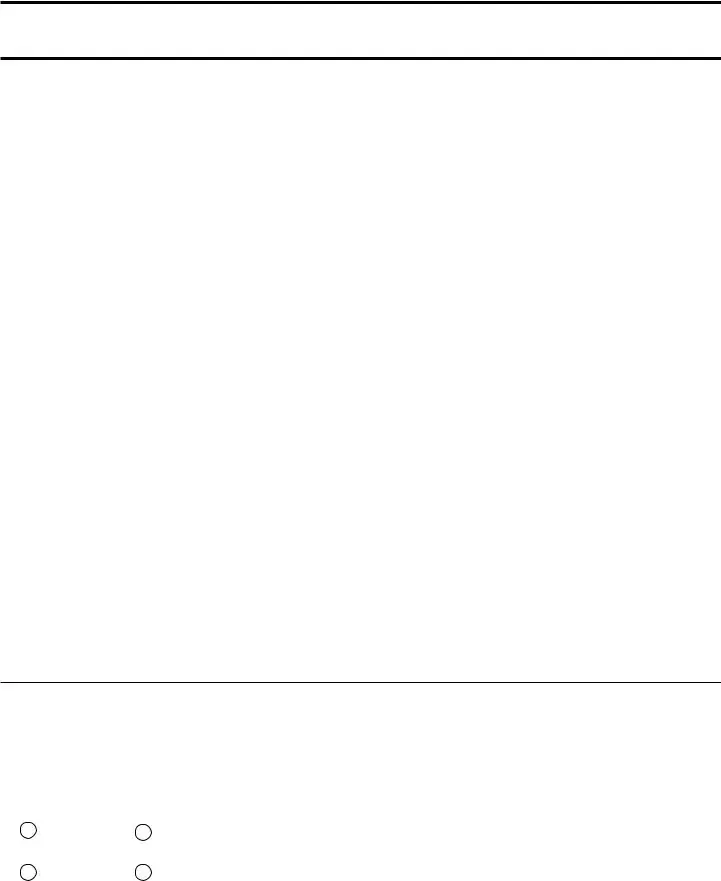
 .
. .
. .
. .
. .
.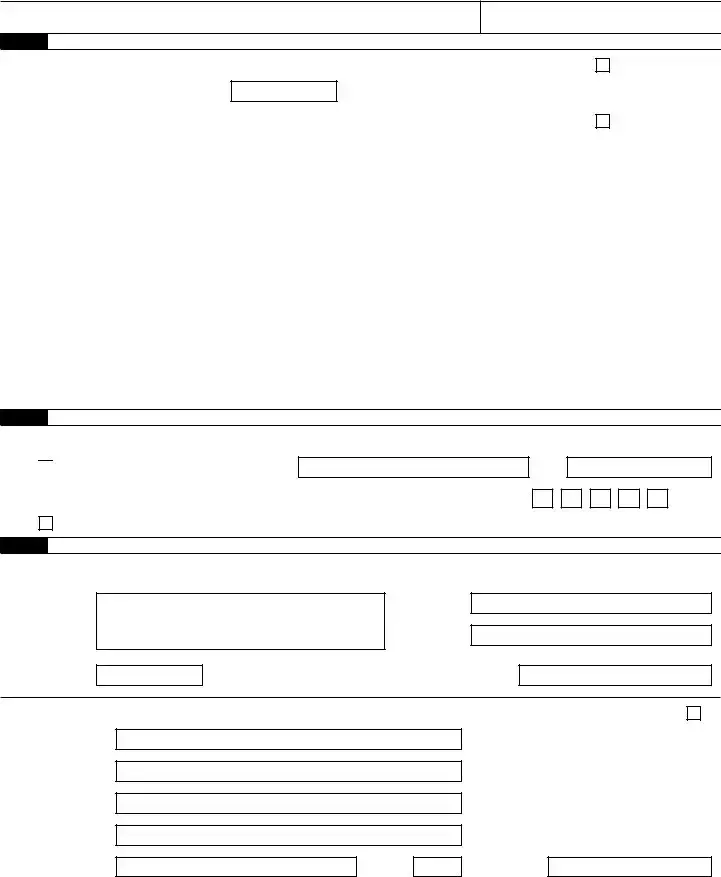

 Yes. Designee’s name and phone number
Yes. Designee’s name and phone number